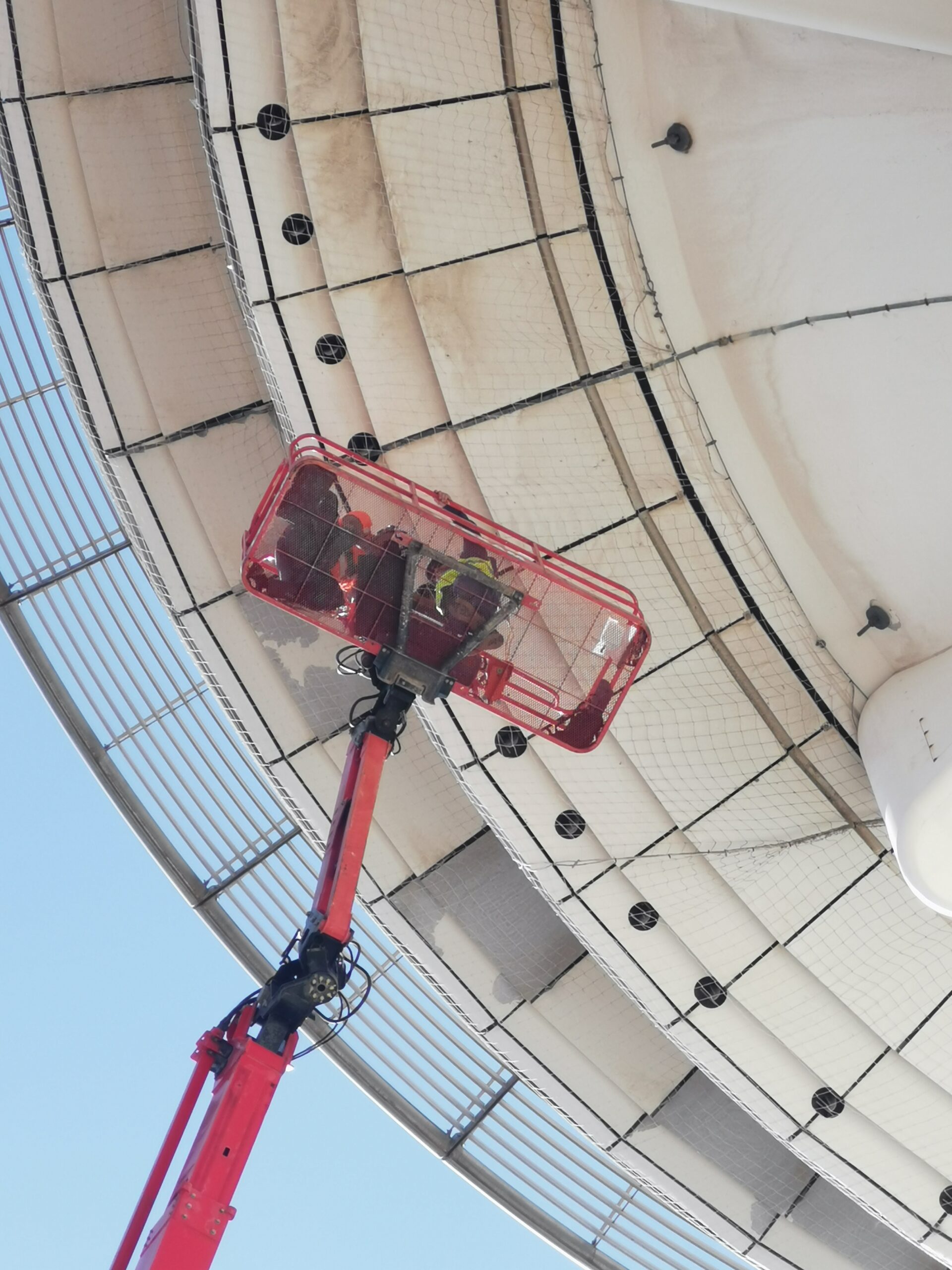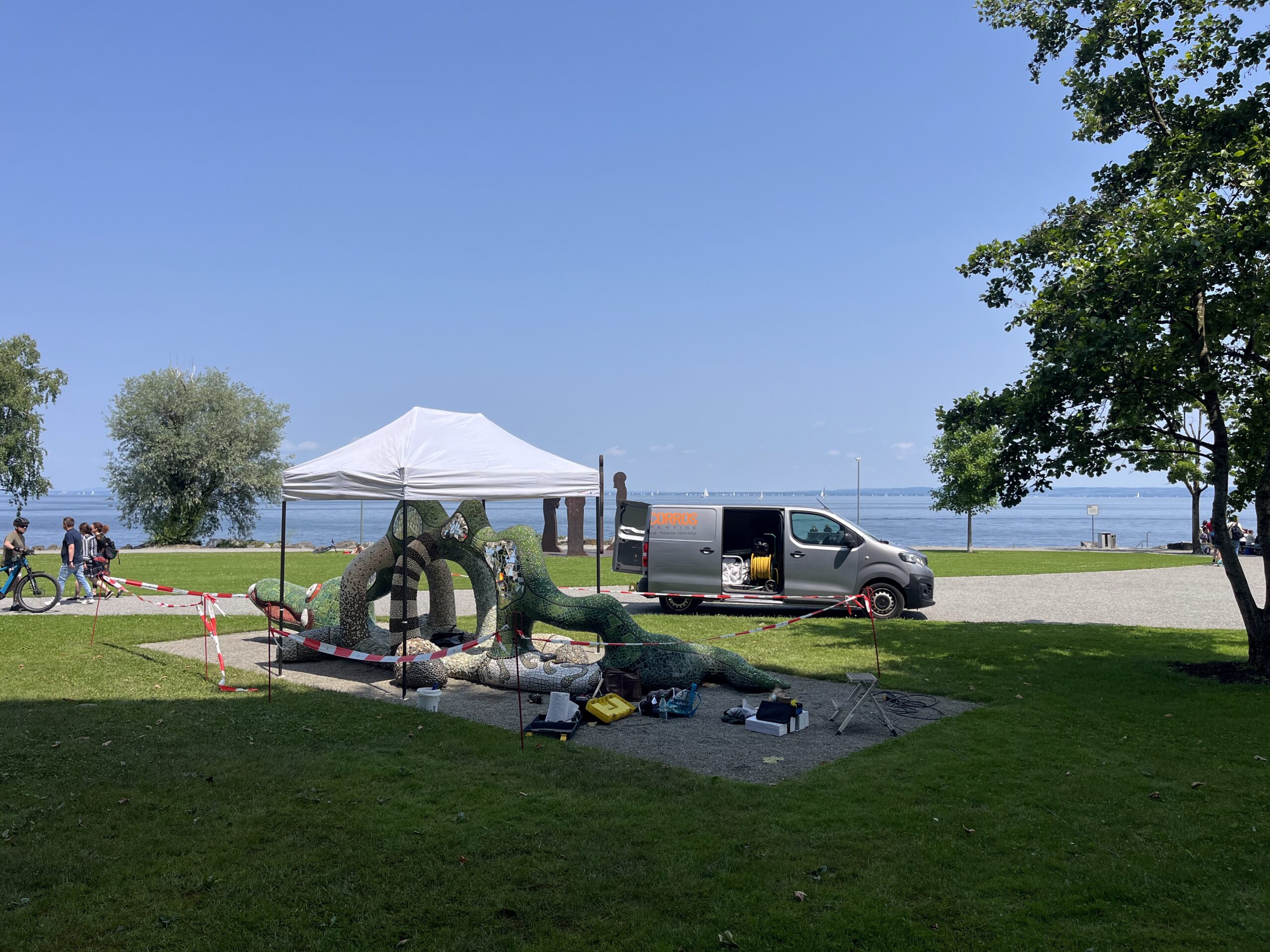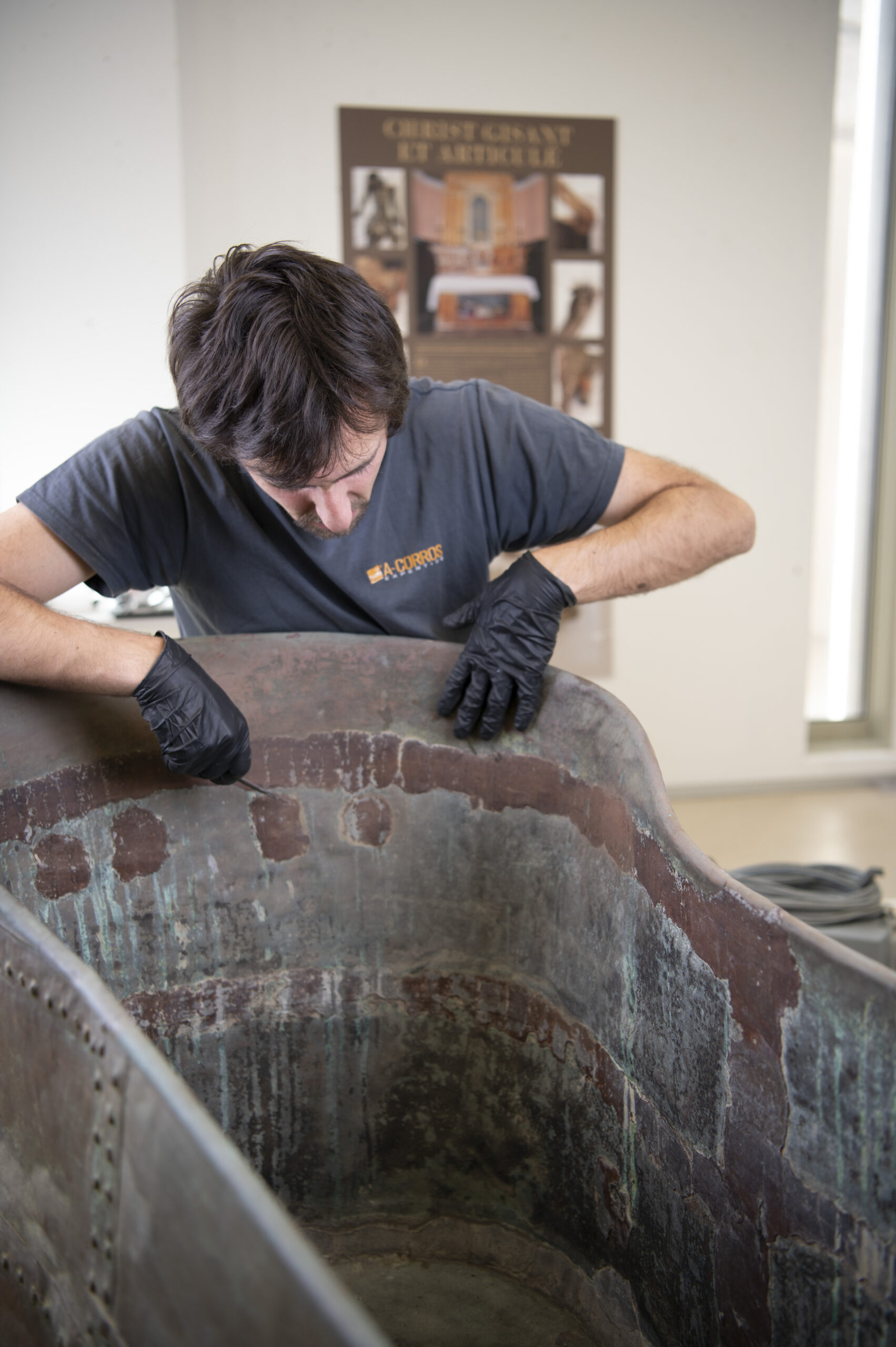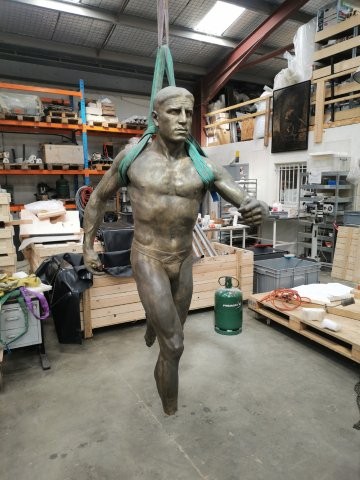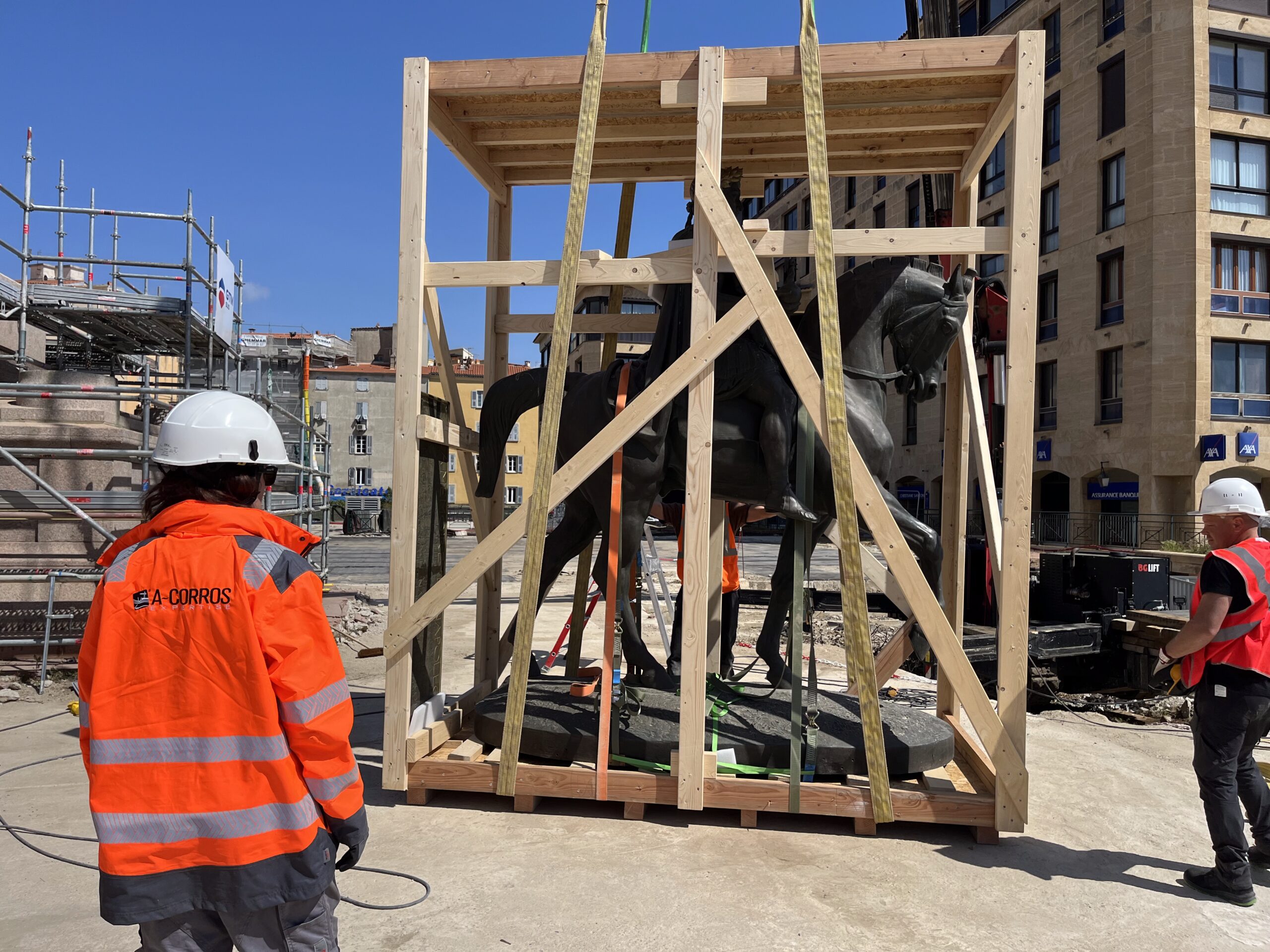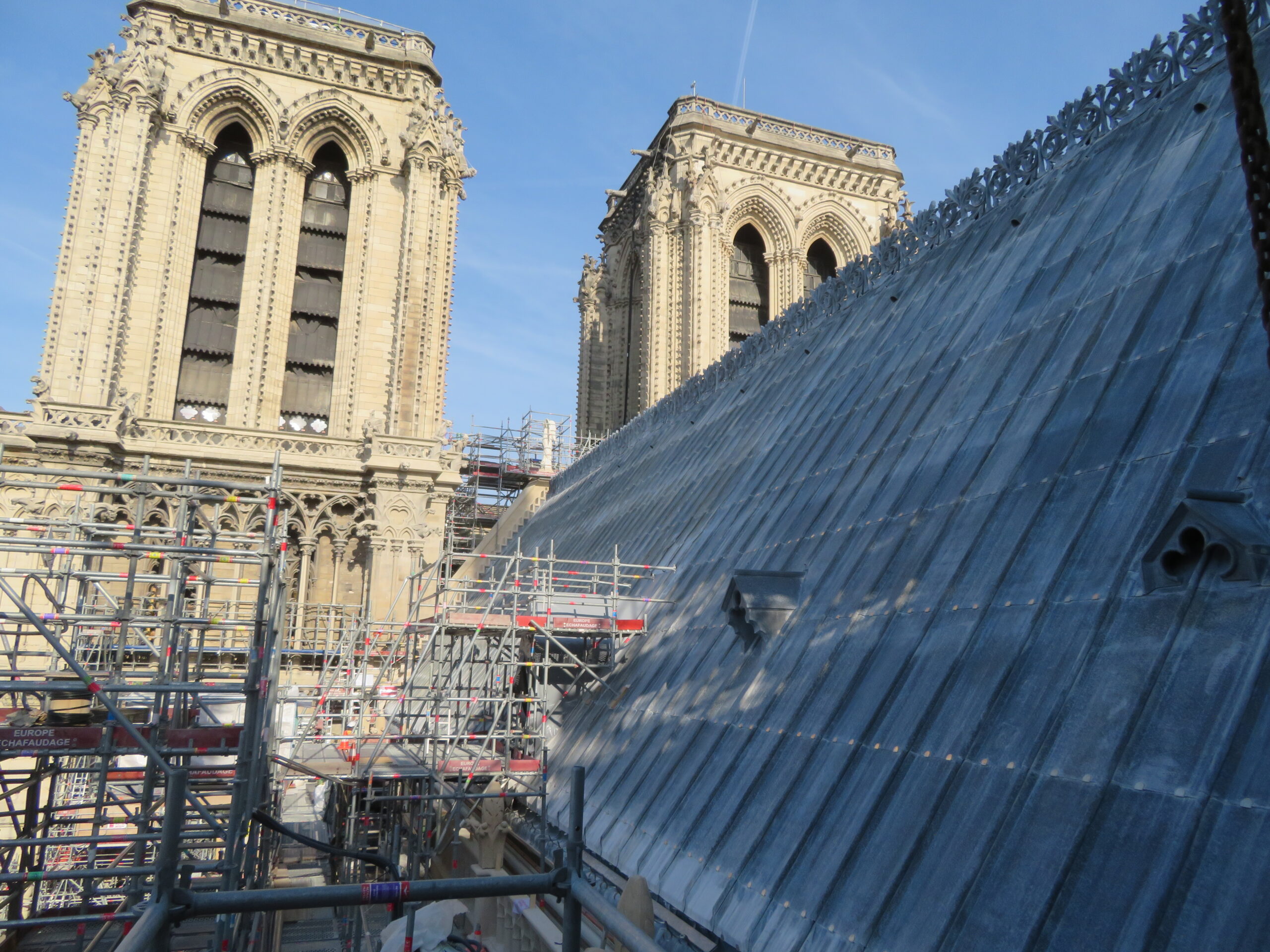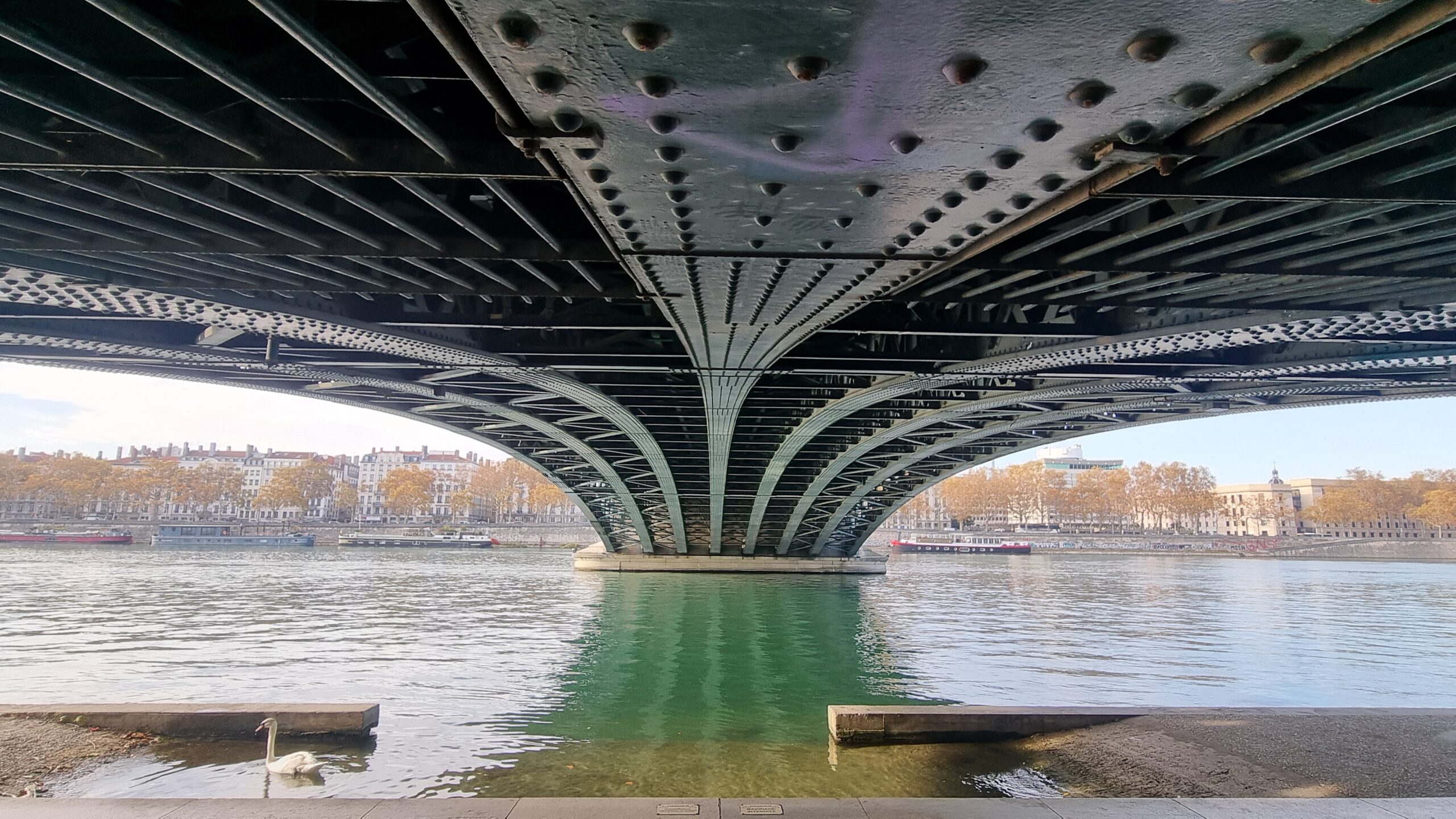
Metal and corrosion: Implications for industry and cultural heritage
Metal is a living material… With the exception of pure gold in its natural state, all metals are derived from the transformation of mineral ores. Once altered, from ore into semi-finished products such as ingots, billets, blooms or slabs, and then into objects or structural elements, metals will continually seek, throughout their service life, to return to their natural state as mineral ore (hydroxides, oxides, sulphides, carbonates, etc.). A leopard cannot change its spots!
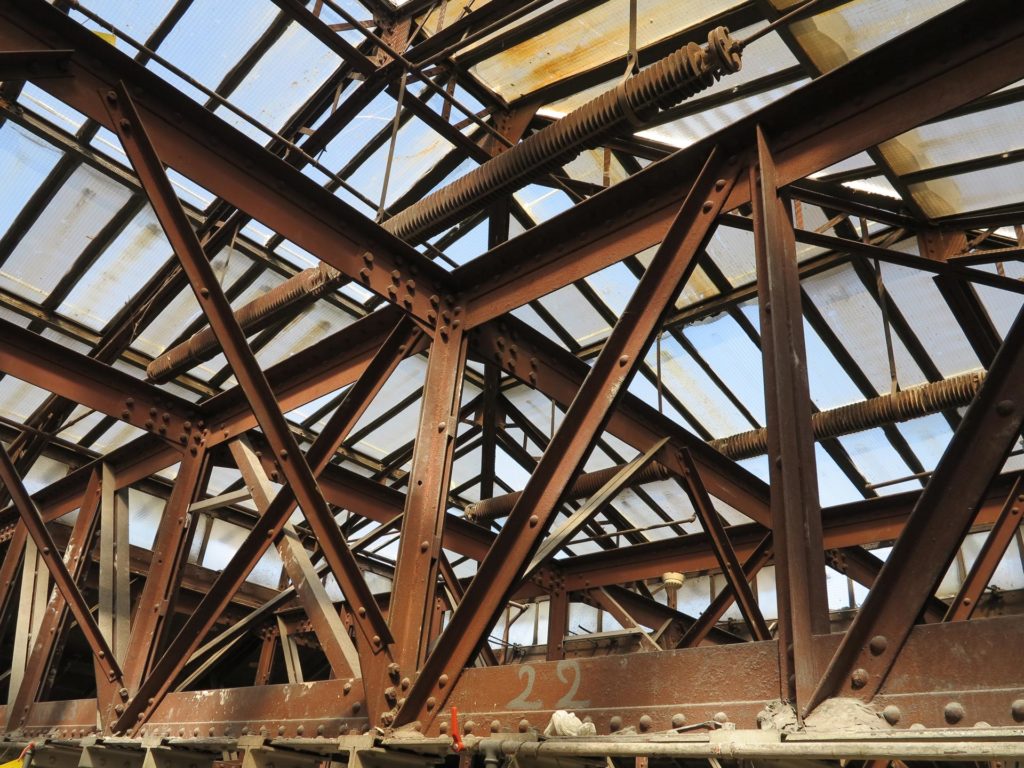

Research and innovation
Archaeologists seek to understand past lives in order to better anticipate our lives in the future. We have chosen to apply this principle to metallic materials: understanding ancient metals allows us to better diagnose, assess and preserve them, as well as to develop innovative materials and techniques to protect them and improve durability.
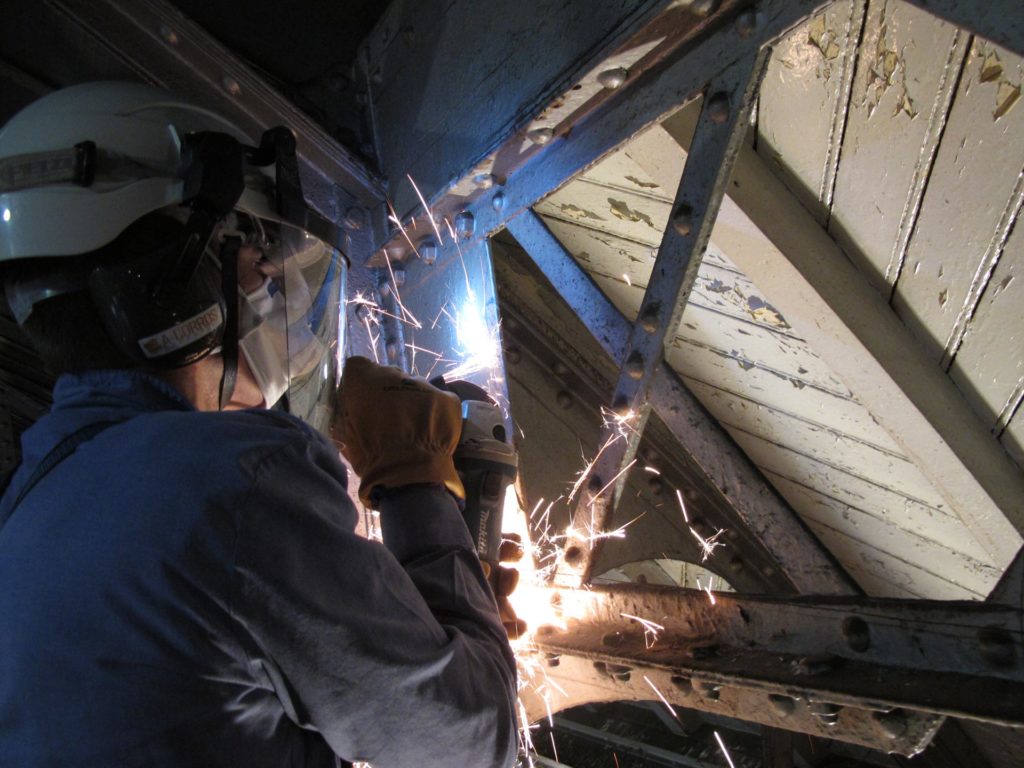
CONSERVING OUR PAST, PRESERVING OUR FUTURE
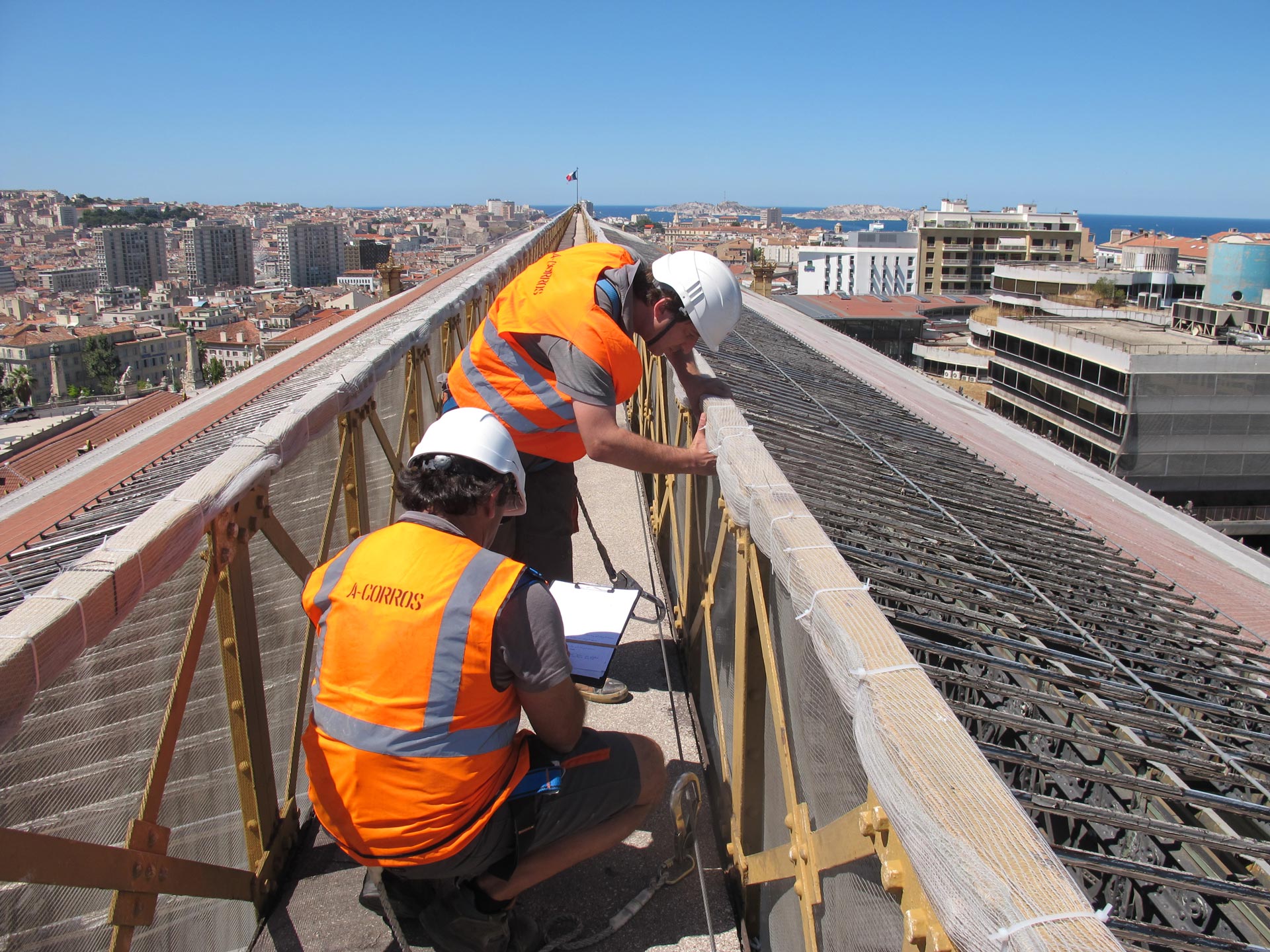
33
missions abroad in 21 different countries
1228
Archeological object treated by the Cultural Heritage division in 2019
1046
Case studied in 15 years of experience
18
Railway stations studied in France
News
Nouvelle édition du Green Book!
La nouvelle édition du Green Book vient d’être paraître !Ouvrage de référence publié par l’EFC – European Federation of Corrosion, cette publication traite de problématiques de corrosion dans le domaine du patrimoine (archéologique, historique et industriel).A-CORROS est très fière d’avoir…
Lire la suiteNouvelle embauche
Aujourd’hui, nous accueillons un nouveau salarié : Alaric Zanibellato ! Venez découvrir son profil dans la page dédiée à l’équipe
Lire la suiteA-CORROS fête ses 18 ans!
Aujourd’hui 12 Mars, l’entreprise fête son passage à l’âge adulte et célèbre ses 18 ans !
Lire la suite

